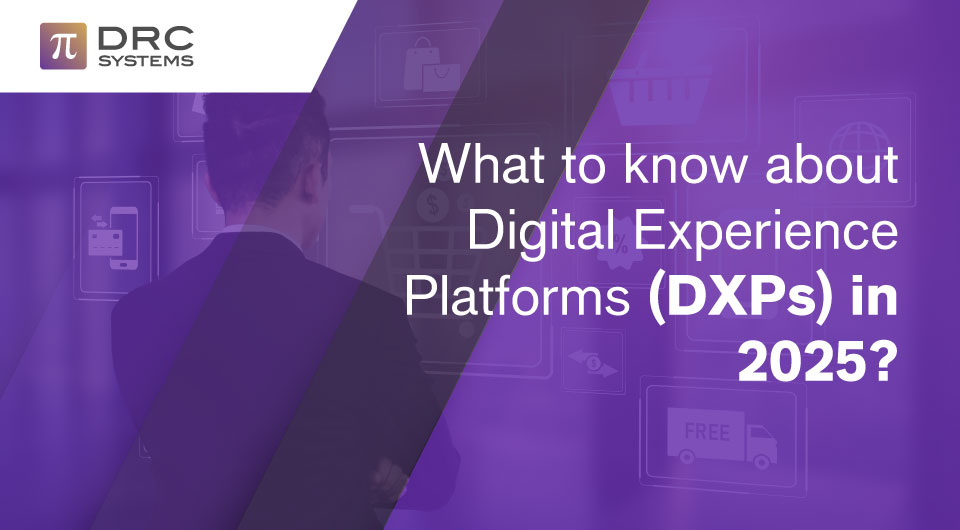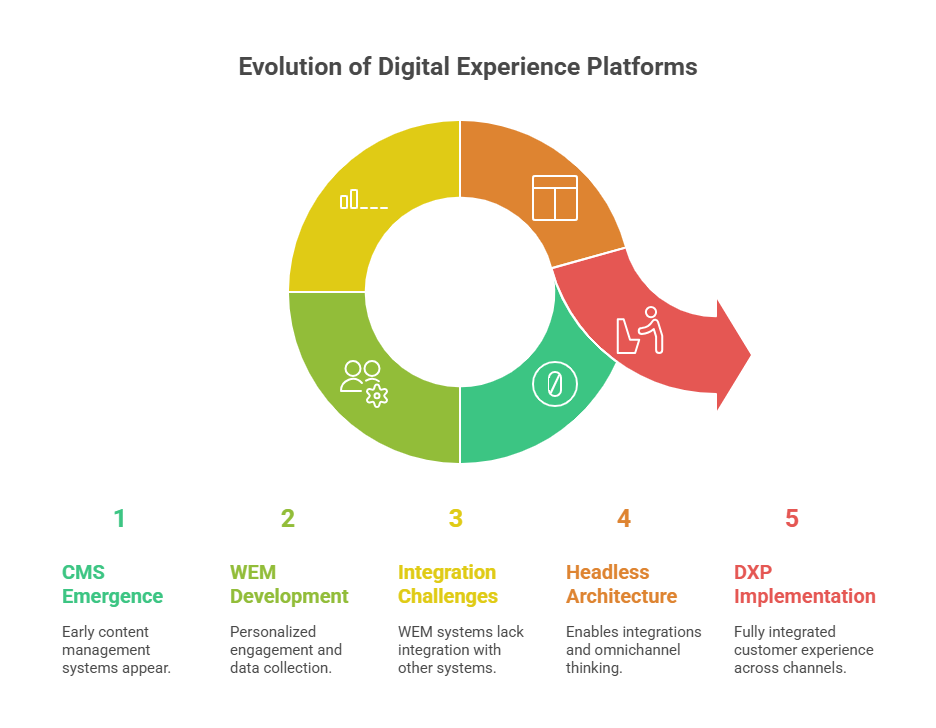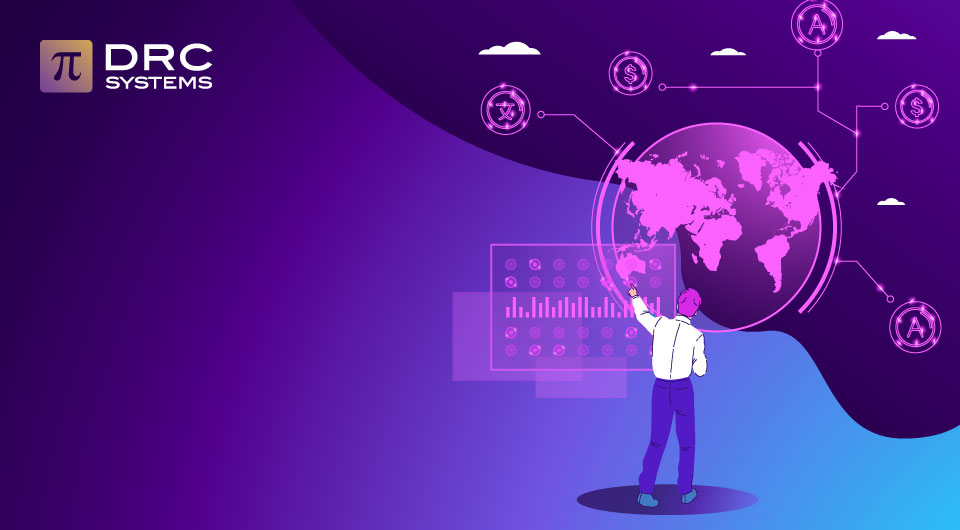Related Articles
PIM vs CMS: How to Make the Right Choice for Your Digital Commerce Strategy
As businesses grow, it is harder for them to manage data and information in a simple format. Due to an…
Read The PostScaling Globally with Pimcore: Multi-Language and Multi-Currency Features That Matter
It’s a huge leap for a business to go global. It signifies that your business is now welcoming a larger…
Read The Post7 Best Pimcore CMS Features for Your Business
Selecting the right content management system is just the beginning. As technologies evolve, CMS platforms like Pimcore offer advanced features…
Read The Post









